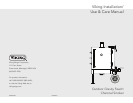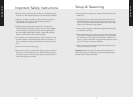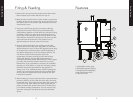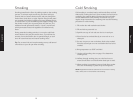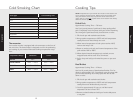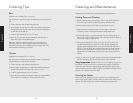Special offers from our partners!

Find Replacement BBQ Parts for 20,308 Models. Repair your BBQ today.
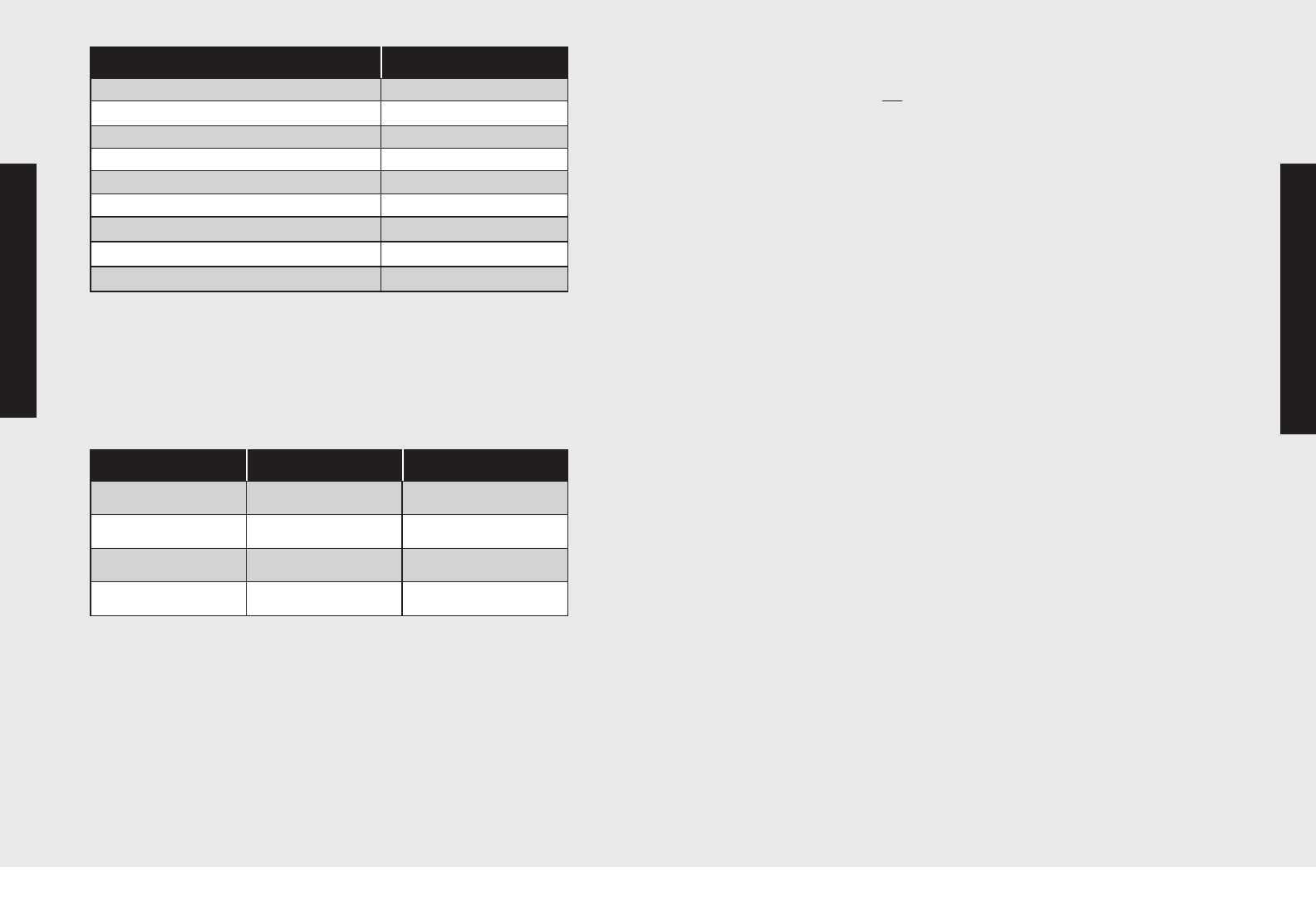
12
Operation
Operation
13
Cold Smoking Chart
Cooking Tips
Food Type Cold Smoking Time
Beef
90 minutes
Pork
60 minutes
Chicken
4
0 minutes
Duck
4
0 minutes
Game (venison)
40 minutes
Salmon/Tuna Fillets
40 minutes
Shellfish (shrimp, scallops, oysters, etc.)
60 minutes
Vegetables
30 minutes
Cheeses
30 minutes
Thermometer
Your outdoor smoker is equipped with a thermometer on the front of
the main door. The thermometer is designed to aid in the preheating
and cooking of your smoker. Estimated cooking temperatures range
from:
Temperature Range Fahrenheit Celsius
WARM 150°F 65°C
COLD SMOKE
150°F — 200°F 65°C — 93°C
SMOKE 200°F — 300°F 93°C — 149°C
GRILL 300°F — 550°F 149°C — 288°C
Pulled Pork
Approximate Cooking Time = 7-8 hours
Use 5 to 6 pound pieces of pork butt for best quality pulled
pork. Completely cover the pieces with your favorite seasoning
rub. Arrange the pork butts evenly fat side down on racks.
1. Fill the ash pan with soaked wood chunks.
2. Bring smoker temperature to 225°F and hold temperature
steady. Place each butt directly onto rack.
3. When internal temperature of each piece reaches 160°F,
remove and wrap in foil.
4. Return to smoker and cook until internal temperature of the
pork reaches 180° to 205°F.
5. When desired internal temperature is reached, remove
wrapped butts and let stand 15 to 30 minutes.
6. Pull or chop and add your favorite bbq sauce or just eat it
plain.
Beef Brisket
Approximate Cooking Time = 12 hours
Use 8 to 10 pound pieces of boneless beef brisket. Trim fat
down to approximately 1/8”. Completely cover the pieces with
your favorite seasoning rub. Evenly space with the fat side
down on racks.
1. Fill the ash pan with soaked wood chunks.
2. Bring smoker temperature to 225°F and hold temperature
steady. Place each brisket directly onto rack.
3. Cook for approximately 12 hours or until the internal
temperature of the is meat 175°F.
4. Remove cooked briskets and add your favorite bbq sauce
or eat plain.
NOTE: Temperatures in your smoker burn hotter on the bottom rack
as it is closest to the heat source. Monitor items more closely when
using the bottom rack as they may become done faster than the
upper racks. It is ideal not to place items on the bottom rack directly
above the fire box opening.



